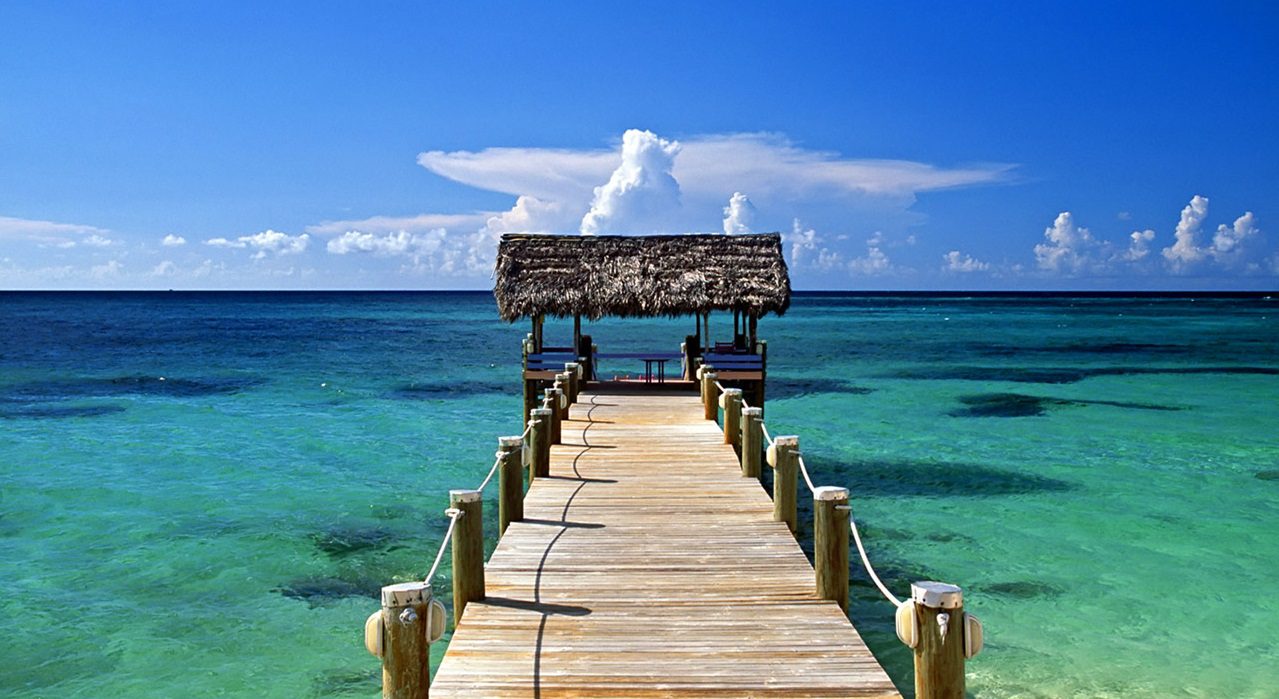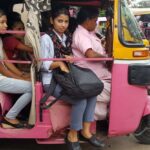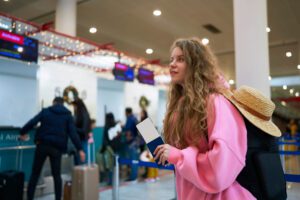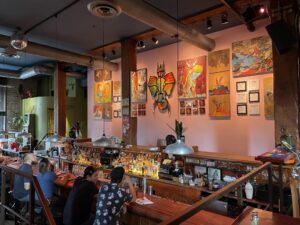
The Philippine Department of Tourism is encouraging Filipinos to discover their own country through travel with the launch of Bagon Tours.
The new marketing campaign aims to increase domestic travel in the wake of recent natural disasters and an expected slowdown in international tourism.
“Bangon Tours is a way of telling our Filipino travelers that there is something you contribute back to the economy [by means of travelling],” says Enerio.
While many popular tourist destinations in the Philippines were torn apart by the typhoon, there are many destinations that are favorites of tourists that weren’t affected by the earthquake or the typhoon.
“Though a lot of tourism sites in the country have been affected by recent calamities, there are other destinations that can be enjoyed,” continues Enerio. “We would like to encourage people to recognize these destinations as a way of giving back to the communities that have been affected.”
Tourism officials believe that by boosting domestic tourism that the island nation will begin repairing itself from the damage from the 7.2 magnitude earthquake in Bohol on Oct. 15 followed by super Typhoon Haiyan (Yolanda) nearly a month later on Nov. 8. The Philippines is still suffering from aftershocks and smaller quakes as its citizens slowing beginning the rebuilding process.
The marketing campaign invites Filipinos to travel within the country from Dec. 1, 2013 – Feb. 28, 2014. A percentage of the profits from participating businesses, at least 5 percent, gained from domestic tourism will be earmarked for rehabilitation, says Domingo Ramon Enerio III, chief operations officer of the Tourism Promotions Board, at a press briefing on Dec. 6.
The Philippines isn’t giving up on international tourism due to the recent disasters. The campaign was already in the works, the two disasters provided more of a reason to push the domestic travel campaign, Enerio says.
The Philippine DOT still plans on meeting its tourism goal of 56 million domestic arrivals and 10 million international arrivals by 2016, he says.
“Tourism has a social responsibility component,” Enerio tells reporters. “At the moment, the international market is looking at the Philippines and trying to see how to help.”
It’s simply a matter of what is best for the local communities that have seen farmers, fishermen, restaurants, shops and other various industries interconnected with tourism harmed by the disasters and provided jobs within local communities.
“The local market is more appropriate to tap on how tourism can rebuild communities and the country from such as devastating calamity,” says Enerio.
To contract an original article, purchase reprints or become a media partner, contact ">editor [@] girlsthatroam [.] com.







